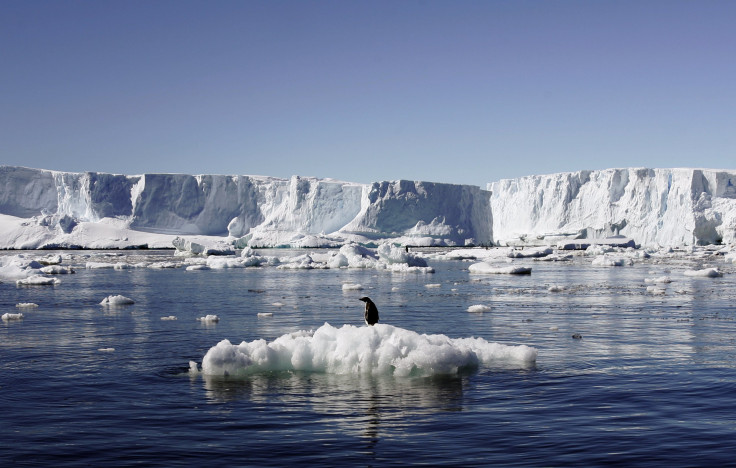‘Icequakes’ In Antarctica Triggered By Massive 2010 Earthquake In Chile

A massive earthquake that struck Chile in 2010 caused glaciers thousands of miles away in Antarctica to calve, a study published Sunday in the journal Nature Geoscience found. Seismic surface waves radiating away from the earthquake’s epicenter traveled some 2,900 miles (4,700 kilometers) before passing through Antarctica’s ice sheets and causing small tremors, or “icequakes.”
The study is the first time researchers have documented evidence of ice sheets being ruptured by large but distant earthquakes. The research may help scientists better understand how earthquakes impact Antarctic ice, a phenomenon that, until recently, raised more questions than answers. New technology has made studying icequakes possible in recent years.
"This tells us something new about the way the Earth works, and potentially changes our understanding of the way earthquakes proliferate into icefields,” study co-author Jake Walter, who was with the Georgia Institute of Technology at the time of the research, told ABC. “I was surprised and we were all excited because no one had ever seen this before.”
The massive magnitude 8.8 earthquake that occurred off the coast of central Chile Feb. 27, 2010, is the sixth largest earthquake ever recorded by a seismograph. The tremor killed more than 500 people and caused an estimated $30 billion in damage. Buildings were destroyed, bridges collapsed and electricity, water and phone lines cut. The effects of the quake were seen some 4,785 miles (7,700 kilometers) away in French Polynesia where high waves swept ashore but caused no reported damage.
Walter and a team of researchers from the Georgia Institute of Technology studied seismic data from 42 monitoring stations in Antarctica that had been recording in the six hours before and after the quake. Twelve of the 42 stations showed a spike in high-frequency seismic signals that corresponded with ice fractures near the surface.
"While we are not 100-percent sure, we think that those seismic signals come from ice cracking within the ice sheet, likely very close to the surface," Zhigang Peng, associate professor at Georgia Institute of Technology and lead author of the study, told AFP. "The main reason is that if those seismic signals were associated with faulting beneath the ice sheet, they would be similar to earthquakes at other tectonically active regions."
© Copyright IBTimes 2024. All rights reserved.












